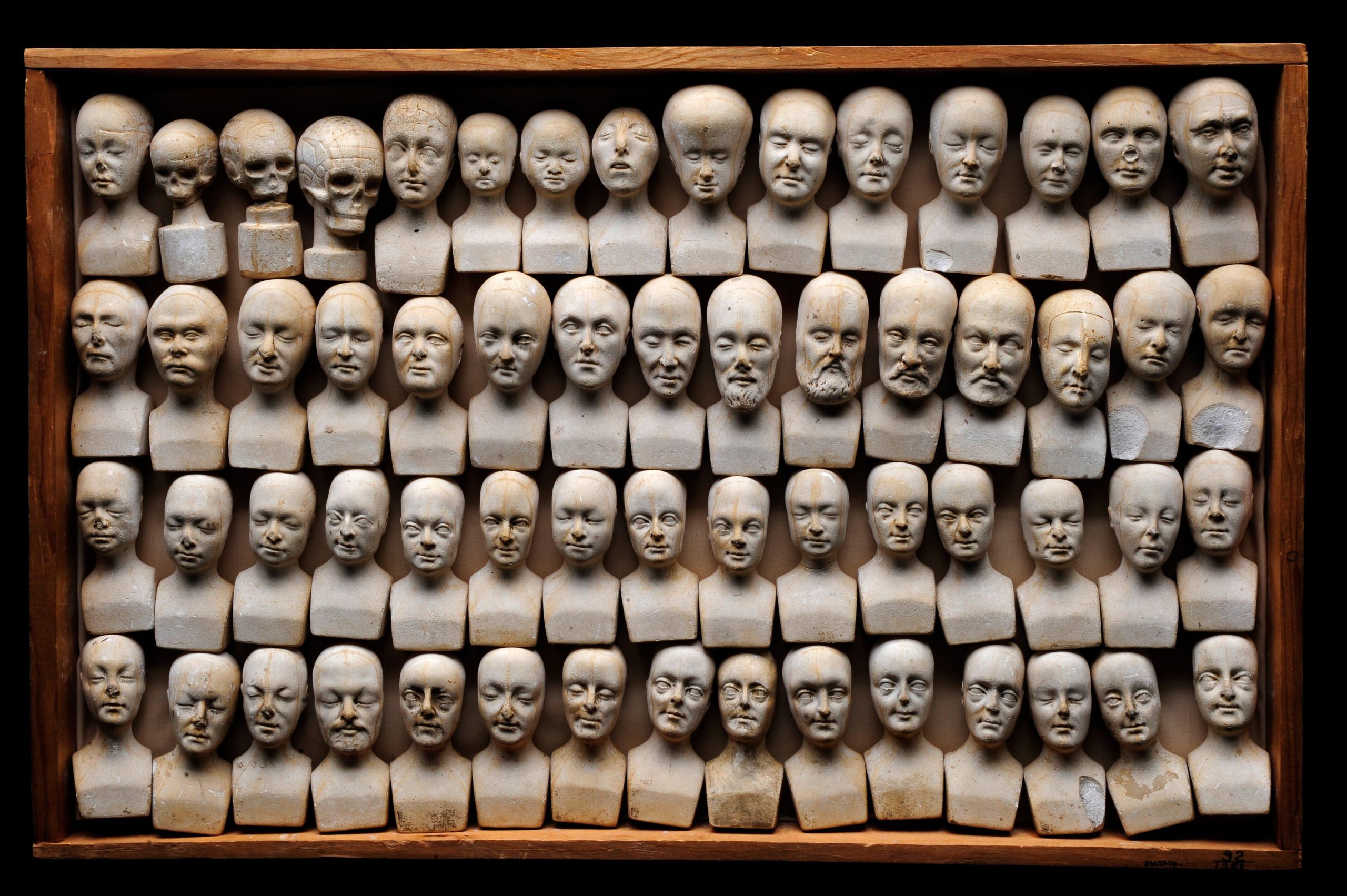
Introduction
Dr. Sara Rich
In Coastal Carolina University’s Honors Program, students are offered numerous variations of the seminar Critical Methods of Inquiry (HONR 105). The course was originally designed as an introduction to the Paul-Elder Model of Critical Thinking that students could apply to other coursework and to their Honors thesis. But as the Honors Program developed, its faculty have augmented the course with themes that correspond to their own areas of expertise: e.g., rhetoric, contemporary social issues, critical theory, and pseudoscience.
The topic of pseudoscience offers a rewarding way for students to learn the value of thinking critically, even as they get to argue things, like Flat Earth Theory and astrology, that may seem trivial at first. Inevitably, upon closer inspection, each has serious implications: belief in astrology has implications for free will versus determinism; phrenological beliefs tend to support claims of scientific racism and sexism; and even belief in ancient astronauts seems to rest on the prejudicial assumption that ancient civilizations, especially those outside of Europe, could not possibly have developed monumental architecture, writing, or astronomy without the help of extraterrestrials. And belief in one pseudoscience often leads to belief in many, including those that outright deny the scientific facts of global warming, the event of the Holocaust, the age of Earth, and the arrival of the first Americans from Asia.
Given the importance of this subject matter for understanding accurately the reality that we share, epistemology is a fundamental concept to the act of critical thinking. How do we know Earth is round? How do we know if celestial bodies decide our future or not? How do we know anything that we think we know? It is from this basis that we set forth to evaluate the truth value of empirical claims on the basis of how well they correspond with observable, measurable, verifiable, reality.
In the fall of 2021, my pseudoscience students started creating this open educational resource (OER), which has been built upon by subsequent classes. Our intention is to create a free textbook for this course that might also be used by students of critical thinking elsewhere and of all ages, whether in a classroom or not. Our growing, interactive textbook employs the Paul-Elder Model and other critical-thinking resources, and is freely available to all, learners and educators alike.
We opted for a choose-your-own-adventure style of textbook so that users can select the pseudoscience of interest from the Table of Contents and then choose a question that that they might also have about that pseudoscience. Once in that chapter, readers can reason through that question along with the chapter’s authors in a fully transparent thinking and writing process. The options for adventures in pseudoscience will continue growing as more research teams revise and add to the textbook, so users will certainly want to keep checking back for additions and improvements.
With this project, students are not only learning how to apply various critical thinking toolsets to common pseudosciences and conspiracy theories in order to discern fact from fiction, reality from fantasy, truth from falsity. They are not only learning to identify logical fallacies and how to structure a sound argument. They are not only learning how to formulate a question and conduct research, following the evidence wherever it may lead in order to arrive at the most accurate, unbiased answer to that question. They are also learning the value of contributing to the public body of knowledge.
At a time when truth is understood as largely subjective, we have, not surprisingly, seen a resurgence in the popularity of pseudosciences and conspiracy theories, which many consider to hold significant truth value, just as valid as physical evidence. It is our aim here to demonstrate the reasoned analysis process—weighing truth, belief, opinion, and fact—so that others may be able to replicate this process and reason through their own questions about vaccines, extra-terrestrials, genetic modification, or the first people to arrive in the Americas.
While we are concerned with the public body of knowledge, on a personal note, I also hope that my students emerge on the other side of their invaluable contributions to this project with a sense of empowerment, equipped with the confidence that they have what they need to reason through difficult problems of personal, social, and scientific natures. My gratitude is extended to all the students who have helped and continue to help with this project and who have helped me to become a more critical thinker too.